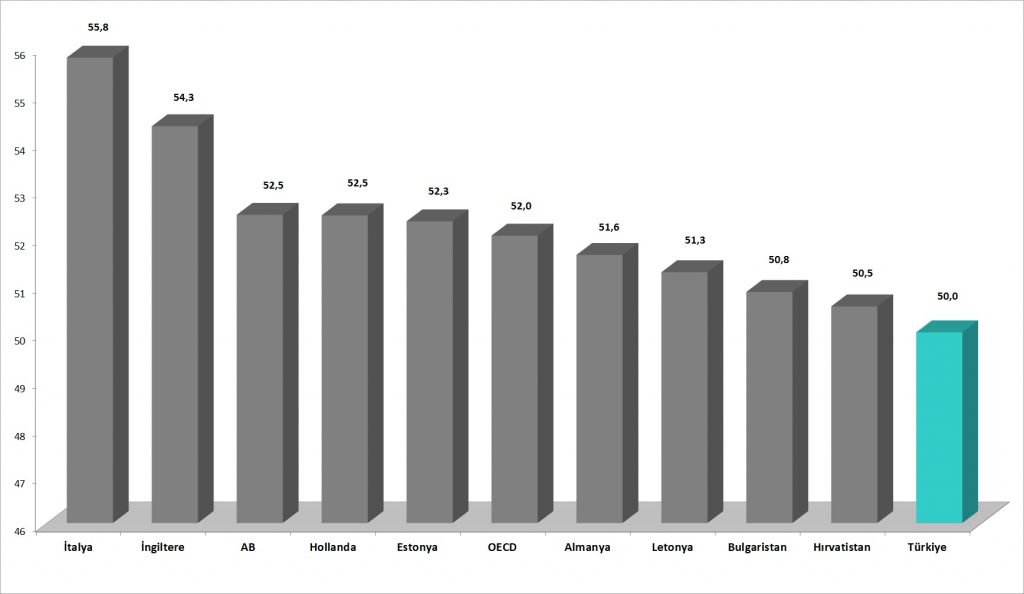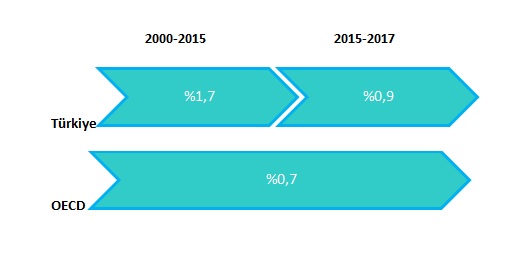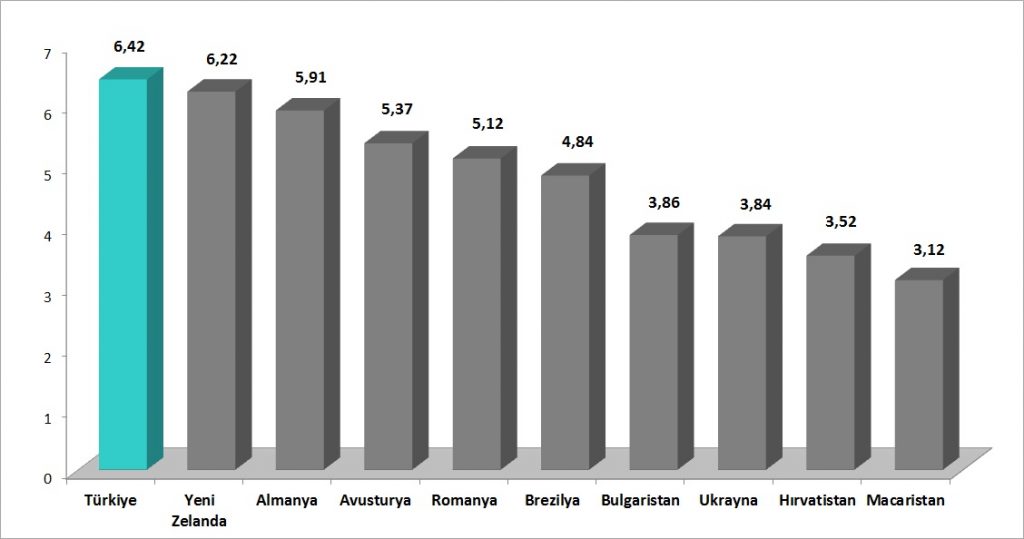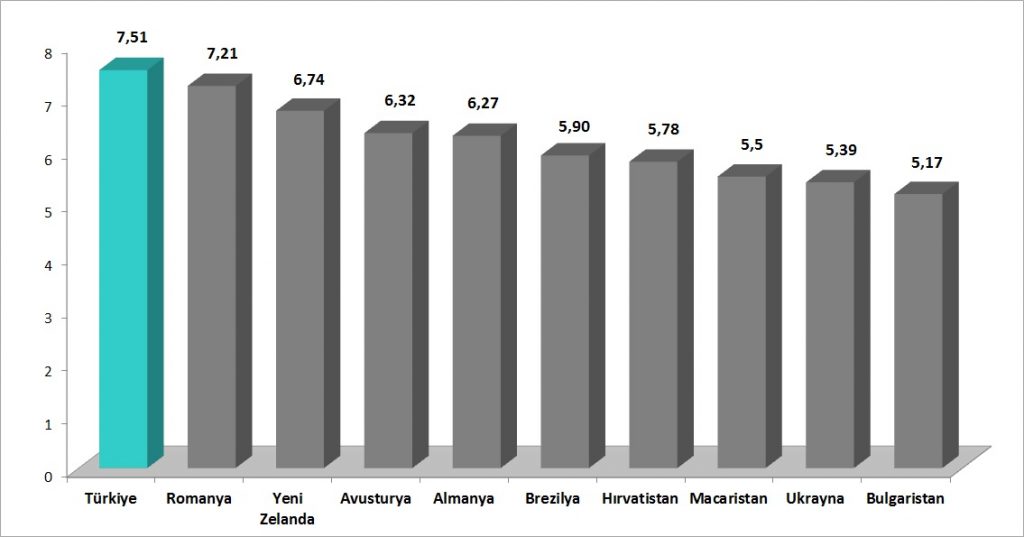Turkey is located in the GMT+2 time zone that enables it to communicate with both eastern and western countries in the same working day.
Population
The demographics of Turkey’s population have a positive impact on the country’s economy, representing a window of opportunity in many respects. The young and well-educated population of Turkey is considered to be a great asset as investors are facing considerable challenges elsewhere in Europe, such as ageing and shrinking populations. Turkey offers excellent opportunities with its growing, young, and dynamic population -- an indispensable contributor to a strong labor pool and a lucrative domestic market.
In 2015, Turkey’s population reached 78.7 million. It is expected to top 84 million in 2023, and to peak at 93.5 million in 2050, at which point the population will be more than double what it was in 1980.
Population Projections - 2015-2075 (millions)

Source: TurkStat
Turkey has the largest youth population when compared with the EU, with half of its population under the age of 31 in 2015.
Population-Age Group Pyramid - 2015

Source: TurkStat
In the past decade, Turkey’s age-dependency ratio has continued its downward trend, allowing extra room for government expenditure on healthcare, social security, and education.
Age Dependency Ratio by Region and Countries
(% of working-age population)


Source: World Bank
Labor Force
Turkey's labor force is around 29.7 million people, which makes Turkey the 3rd largest labor force market in Europe.
Turkey’s young population is an important contributor to labor force growth and has boosted the country’s rank over its competitors. Turkey has posted the largest labor force growth in relation to EU countries.
Labor Force - 2014

Source: OECD, World Bank, ISPAT
Annual Average Increase in Labor Productivity (%)

Source: OECD
An increasing number of universities has allowed Turkey to graduate a larger number of students, which in turn has enabled Turkey to transform its young population and a large labor force into a skilled workforce.
More than 5.4 million students are enrolled in tertiary education
Approximately 800,000 students graduate from universities every year
World-class engineering education
Number of Universities and University Graduates

Source: CoHE
Availability of Skilled Labor - 2016

Source: IMD, IMD World Competitiveness Executive Opinion Survey based on an index from 0 to 10
Competent Senior Managers - 2016

Source: IMD, IMD World Competitiveness Executive Opinion Survey based on an index from 0 to 10
Qualified Engineers - 2016

Source: IMD, IMD World Competitiveness Executive Opinion Survey based on an index from 0 to 10
Urbanization
There are 20 cities with populations over 1 million in Turkey, which are the engines of economic growth and social development by producing goods and services. In terms of population, Istanbul is the largest city in Europe.

Source: TurkStat
www.invest.gov.tr










